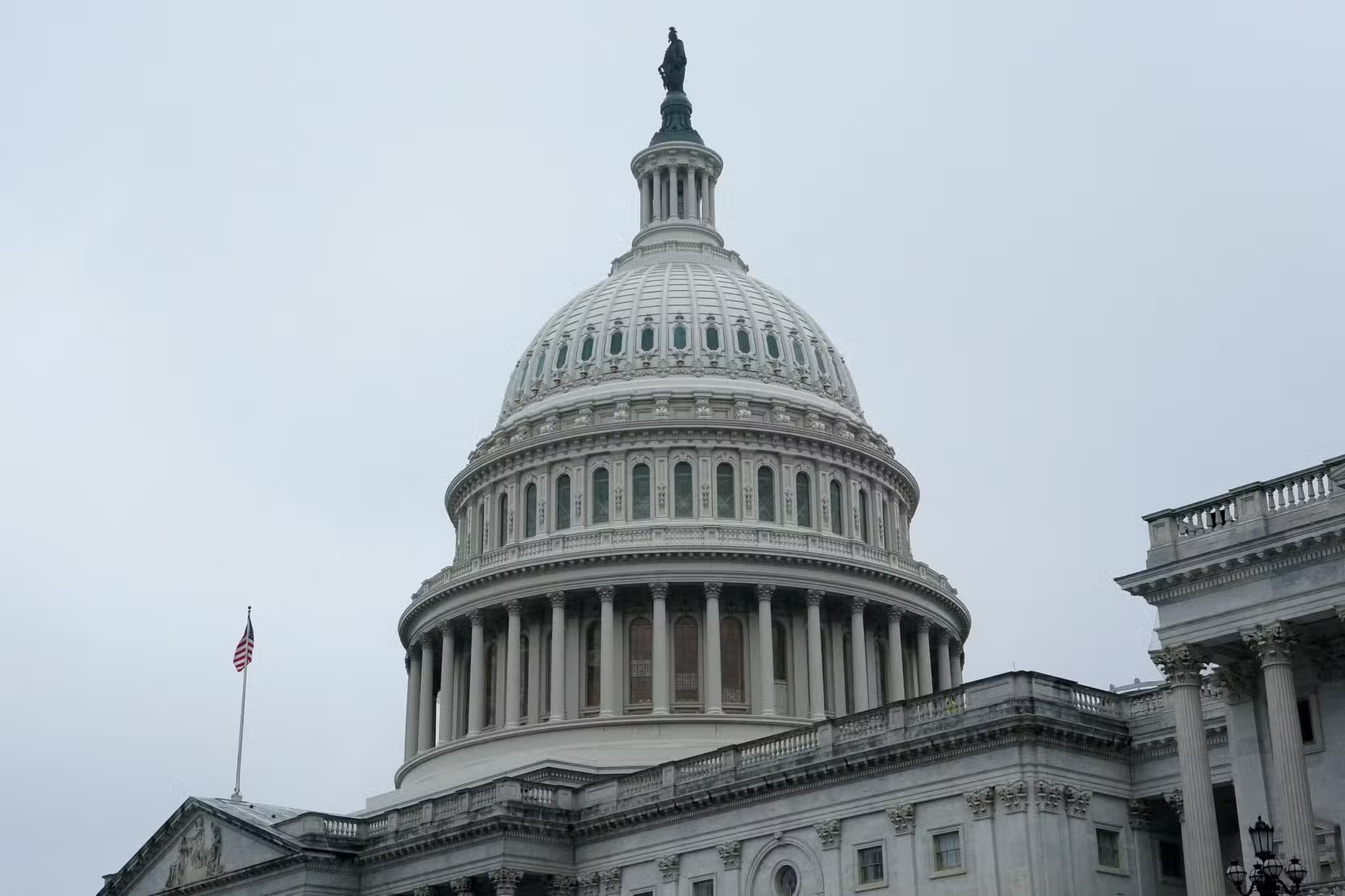Every feast day has a story, and the Solemnity of the Sacred Heart is no exception.
Often that story recounts not only what we celebrate, but why and how the celebration came about. The narrative of the feast of the Sacred Heart is fascinating in that it includes not only our faith, but some political/social situations as well.
Just as we might view the birth of Jesus as the arrival of God’s love and light into a world grown cold and dark through sin, so we might view the growth of the devotion to the Sacred Heart as a response to the world grown cold though the religious confusion and a popular heresy of the time.
The Reformation had split the Church in the 16 th century, leaving many in confusion. Jansenism was growing rapidly, especially in France, during the 17th century. Jansenism, a theological approach based on the teachings of the Dutch theologian Cornelius Jansen, emphasized the sinfulness of the human condition resulting in a serious sense of guilt which, in turn, led to a diminishment in the frequency of the reception of Holy Communion among Catholics.
Confused and demoralized, Europe needed a renewal of the message of Christmas; a reminder of God’s love and mercy and a positive view of the sacredness of the human person.
Devotion to the love of God had been a part of popular devotion since the early days of the Church, and, with a few exceptions, the symbol of that love was the blood and water flowing from the wounded side of Christ as he hung on the cross. It was not until the 17th century, and the rise of a more affectionate approach to the humanity of Jesus, that devotion specifically to the heart of Jesus gained popularity.
Due to the work of Saint John Eudes, a feast in honor of Jesus’ heart was first celebrated on August 31, 1670. The devotion gained rapidly in popularity due to the visions of Saint Margaret Mary Alacoque. In an apparition on June 16, 1675, Jesus specifically asked for a feast of the Sacred Heart on the Friday after the octave of Corpus Christi—the celebration of the Body and Blood of Jesus. This requested feast was to be in reparation for the lack of gratitude people showed for the loving sacrifice that Jesus had made for them; the sacrifice made present in the Sacrament of the body and blood of Jesus, the Eucharist.
It was as though Jesus was repeating the words of John’s Gospel, “For God did not send his Son into the world to condemn the world, but that the world might be saved through him” (Jn 3:17). A message that was very much needed in the world, especially in France, and that time.
Why the Heart?
The human heart has long been a symbol of love. At one time, it was viewed as the source of all human activity—intellectual and emotional. It has also metaphorically symbolized the center of things, such as the heart of a relationship or the heart of a city. It could also represent the character of a person, such as describing someone as having a good heart.
The examples could go on. Speaking then of Jesus’ heart carries many varied meanings—all pointing to his very human condition through which his divine love flows.
Pope Pius XII, in his 1956 encyclical on devotion to the Sacred Heart, Haurietis Aquas, spoke of the love of God being expressed by Jesus through a frail and fragile body since “in Him dwells the fullness of the Godhead bodily.”
The pope also spoke of the body of Jesus possessing the complete range of human feelings and powers, and a heart that beat until his death on the cross; a heart that was then at one with his glorified body risen from the tomb which is still full of love for us.
Devotion to the Sacred Heart is devotion to Jesus and his love. It is a sign or a symbol of both the divine and human love that Jesus has for his Father and for us. It also symbolizes the interior life of Jesus which led to his willingness to lay down his life for us. It is a symbol based on our belief in the Incarnation—a firm belief that the second person of the Blessed Trinity became human with all the feelings, emotions, and desires we usually associate with the human heart. It is that human heart—directly united to the divine person—which expresses God’s love in a human way perfectly and purely since Jesus is free from sin.
The heart is an apt symbol, but there is something more than a symbol at work here. There is the very real love of Jesus for the world, a love that wells up from both the divine as well as the human natures of Jesus. Devotion to the Sacred Heart in grounded not just in symbol, but in real love.
The Inexhaustible Love of Jesus
We celebrate the Solemnity of the Sacred Heart right after the Easter Season and Pentecost and after Trinity Sunday and the feast of Corpus Christi. Many of us have tired of the celebrations—enough already! But if we can focus on just one more big day, we can see how the Sacred Heart of Jesus truly summarizes all the great feasts we have celebrated beginning with Christmas and followed by Easter. It is the feast of the love of the God-man who was born, rose, and lives forever.
Sometimes words are cheap; especially words expressing love. Just watch a few hours of television or listen to a few CDs and count the number of times love is mentioned. How often did it refer to more than an emotional feeling? How often did it include a sense of commitment and self-sacrifice? Or count the number of times we say that we love some inanimate object such as chocolate.
When Jesus says “I love you,” he backs it up with the sacrifice of his life. No cheap expression here; only sincere words backed up with a life of living proof. That is real love. And this is what we celebrate in the Solemnity of the Sacred Heart.
The reality boggles the mind. We cannot fathom what that kind of love means. True, some like the martyrs, for instance, have come close to imitating that love as they laid down their life for Jesus and the faith. But for the most part, we can’t come close to understanding it.
Then we turn to the symbol and the feast and stare into the sign of what it is we are celebrating. It truly is an apt symbol pointing to the reality of divine/human love.
Sacred Heart of Jesus, I believe in your love for me.









6 thoughts on “Sacred Heart of Jesus: A Symbol of Love and Mercy”
Pingback: June 2023 - CARFLEO
At 64, I never realized the meaning of the Sacred Heart. Oh, what I was missing! It means so much to me. How could I never have known that!
Catholic from birth, but over the years I have “practiced” on and off.
In watching “The Chosen”, have become more aware of the humanity of Jesus, and realizing that, I am more deeply aware of what He has done for us. At times, I look at the crucifix and my heart is overwhelmed with pain. I have a prayer that runs through my head each time…(in sorrow) “Jesus, what You have done for us, and what we have done and continue to do to You!” It came to me one day while gazing at the Crucifix. It leads me to meditate on His sacrifice.
I pray often now, love the Eucharist and all the spiritual sacraments and am starting to read the Bible and go to Bible study. I will never go back to on and off being with Him again. When Satan tempts me to not to go to church, I remember what someone once told me…”If you knew that Jesus (physically) was coming to your church, would you decide not to to visit Him? Therein lies the decision you are making.” I have never forgotten that and I hope and pray someone else will be blessed by it. God bless every one of you. I understand that I love His Sacred Heart and will be devoted to it! Thank you for reading this. 🙏❤️
Amen. Beautiful. God bless.
I’m only realising the depth of love and mercy now and am so excited and also ashamed I didn’t take the time to really pray to the sacred heart. 👏
Iam Ndyahika Patrice a coodinator of a charismatic renewal group in Makondo Catholic parish Masaka Diocese East Africa.Unfortunately I lack something,-‘I Miss Jesus Christ in the Eucharist. I don’t receive Sacraments.Pray. for my deliverance.Thank you.
But you MUST receive sacraments. You are welcome to the love of Jesus, You do not need to be delivered, you are loved, that’s what Jesus did when he died on the cross, he delivered you from sin.
Comments are closed.